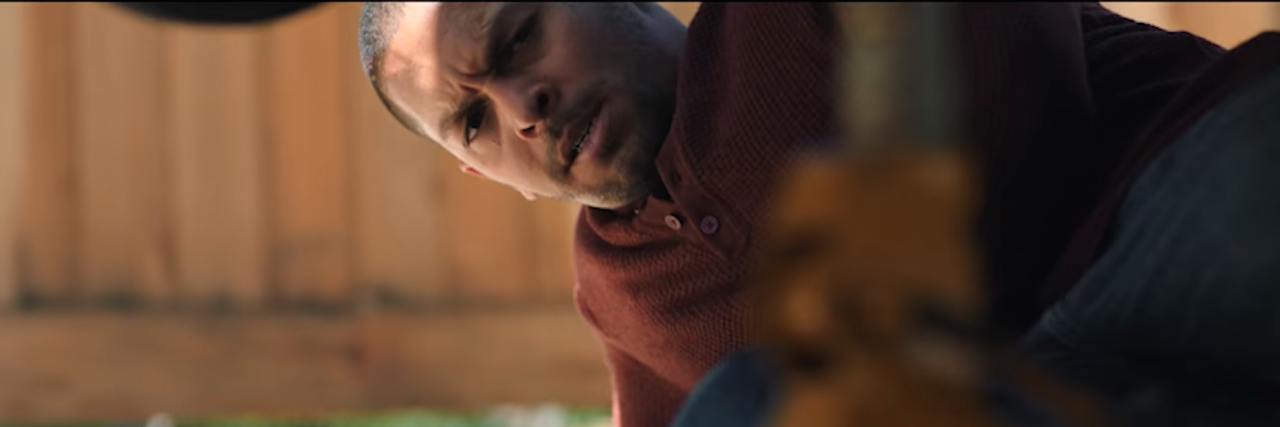President Trump announced in March that part of his administration’s efforts to combat the opioid crisis would include “spending a lot of money on great commercials showing how bad it is.” He said he wanted the commercials to scare kids from using opioids and “ending up” like the people in the commercial. “They see these commercials, they [will say], ‘I don’t want any part of it.’ That’s the least expensive thing we can do, where you scare them from ending up like the people in the commercials,” Trump said during an address on opioids in New Hampshire in March. “And we’ll make them very, very bad commercials. We’ll make them pretty unsavory situations.”
Four of these commercials were released yesterday, and, as Trump promised, they all emphasize the danger of using opioids. They each utilize a “true story” of someone who ended up physically hurting themselves in order to get more prescription opioids. “I didn’t know they’d be this addictive. I didn’t know how far I would go to get more,” each one says. “Opioid dependence can happen after just five days.”
“Joe’s Story” explains how Joe first started using Oxycontin after hurting his neck and how he eventually broke his back to get more prescription opioids after he became addicted.
“Kyle’s Story” explains how he tried Oxycontin at a couple of parties and broke his own hand to get more prescription opioids.
In “Chris’s Story,” Chris tried Vicodin that was “laying around” his mom’s house. He later broke his arm in a door to get more.
In “Amy’s Story,” Amy was prescribed Vicodin after a knee surgery. “They kept prescribing it, so I kept taking it,” she says in the commercial. She crashes her car into a dumpster to hurt herself enough to get more prescription opioids.
The “five day” statement appears to come from a Centers for Disease Control study that found the odds of long-term opioid use increased most sharply after five days of taking the drugs (the study does not differentiate between long-term use and addiction).
It’s unclear exactly how many people out there cause physical harm to themselves in order to obtain an opioid prescription. However, data shows the majority of people who abuse opioids do not get their opioids through a doctor’s prescription. The Substance Abuse and Mental Health Services Administration (SAMHSA) found that, among people who misused prescription opioids in 2013 and 2014, just 22 percent said they received drugs from their doctor and half said they got medication from a friend or relative. The rest got them from more than one doctor, from a drug dealer or stole from a friend or relative.
While the commercials include the stories of two people who first began taking opioids in order to treat pain, the majority of people who are prescribed opioids do not develop an addiction. Of the 236 million opioid prescriptions that were dispensed in the U.S. in 2016, 11.5 million people misused prescription pain medicine. Studies have shown among people with chronic pain, between less than 1 percent and 12 percent become addicted.
Research has also indicated that fentanyl is now involved in a majority of fatal opioid overdoses — from 14 percent in 2010 to 46 percent in 2016.

